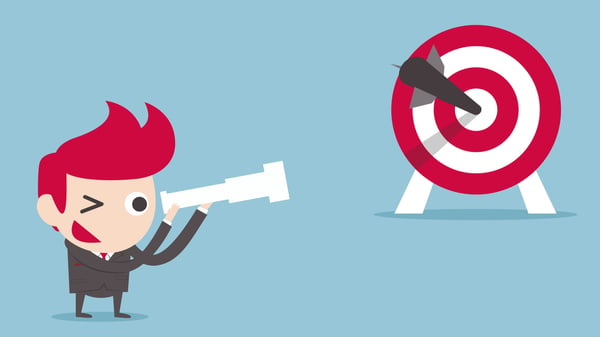While maintaining your financial books feels tedious, it’s actually pretty straightforward. Cleaning up your books, on the other hand, can be a bit more labour intensive. The best way to stay on top of things is by using reputable bookkeeping or accounting apps like QuickBooks, Sage and Xero. These will ensure that your data is always up to date, automatically syncing with your operations and continuously categorizing your income and expenses. This provides a quick overview of your finances which can then be downloaded at the click of a button. The more time-consuming accounting process, however, is deep-diving into your three main financial statements: Your balance sheet, income statement, and cash flow statement. So, before embarking on what can feel like a mammoth task, what are the key things you need to know about these crucial statements?
Analysing and producing your financial statements
Financial statements are the formal records of your company’s financial activities. These offer an overview of your previous, present, and future financial plans. Investors and lenders will call on these to evaluate how risky your business is. These financial statements are essential and no matter the size of your business, you absolutely have to have these statements up-to-date and available at a moment’s notice.
What is an income statement?
Also known as your profit and loss statement (P&L), your income statement reflects revenue, expenses, profits and losses over a certain period. This report can be produced quarterly, but often it is done monthly. This can be a useful tool to compare month-on-month trends, which is often more useful than analysing this activity in isolation.
What is a cash flow statement?
This is a document that shows how cash is flowing in and out of your business. It shows the precise source of expenses and income. Most importantly it itemises exactly how you turned a profit or a loss. This is crucial as it shows if you have more cash going out than coming in. Which in turn will flag what temporary funding is required, where costs can be cut and also highlight what you’re doing right in the business.
What is a balance sheet?
Your balance sheet differs from an income and cash flow statement as it gives you a snapshot of your company’s financial situation on a specific date – rather than over a specified period of time. Your balance sheet will also itemise your company’s assets, equity and liabilities:
- Assets: Items that you own like cash, stock, equipment, property, etc.
- Equity: The cash that would be leftover if you sold off all your company’s assets and paid off all your liabilities.
- Liabilities: This is what you owe like loan payments, wages owing, taxes, accounts payable, etc.
Your balance sheet can be used to understand your business’s liquidity and leverage. This is really what lenders tend to care about.
- Liquidity: This refers to whether your business can cover debts and payments drawing on your current assets. If you have many outstanding debts, but your assets are tied up in non-liquid assets (like property, vehicles, and equipment), this is a red flag you need to sort out early in 2021.
- Leverage: This is a measure of your business's equity and debt financing combined. Leverage ratios may flag that you have a dangerous amount of debt on your books or whether you have a lot of opportunities to secure more financing.

How to set 2021 financial goals
Now that you have all your finances and tax documents prepared, you are in a position to set your 2021 goals. So begin by asking yourself what you want your business to achieve by 2022. Then assess if these are realistic and thereafter you’re ready to prepare your cashflow estimates and forecasts so you can secure these attainable goals.
How to prepare your cash flow forecast?
Your cash flow forecast refers to data-backed projections that detail your expenses and revenue. This can be done by looking back on your former cash flow statements and use this to make realistic estimates about the year ahead. Remember that economic factors will likely impact 2021 so bear in mind political tensions and Covid-19 fall out. With this information on hand you will then be able to identify potential gaps and opportunities.
How to estimate your costs?
Think about your future plans – will you be expanding, reviving your retail set-up, building a new website, acquiring equipment or moving into e-commerce, for example? Now consider carefully what you need to do (i.e. pay for) in order to make this happen. The last thing you want to do is let these expenses sneak up on you. If these costs can be planned for, then work that in to your long term plan. If any expenses are immediate or pressing, then rather consider a merchant cash advance for quick access to working capital which can be obtained within 48 hours. Once you understand your expenses you can create a detailed monthly budget.
Next, check-in regularly
Once the year begins, never allow yourself to get lost in the day-to-day operations. Your plans and numbers should be surveyed monthly (at least) allowing you incremental opportunities to step back and evaluate your bigger picture.
The bottom line
Getting financially organized takes a lot of time and can feel pretty painful in the moment. But once done, it is seriously worth it. By doing the work up-front, you then free up your headspace and energy to think big for your business and reap the rewards, long term.

